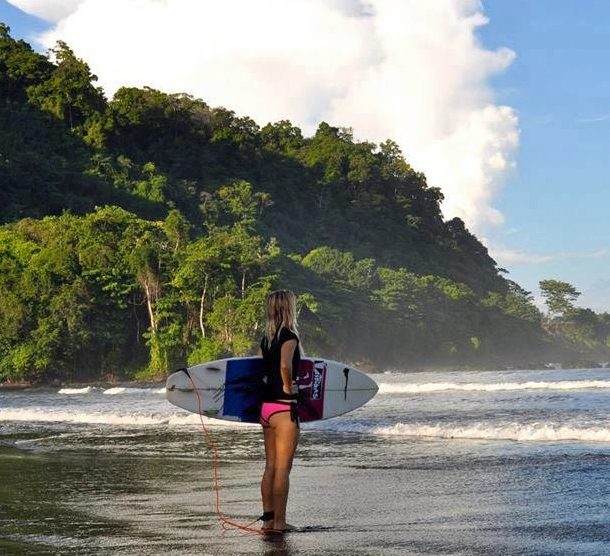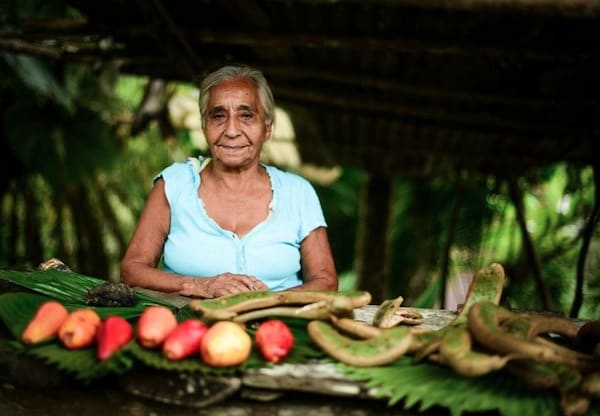
Ten Best GoPro Accessories for Travel
The powerful but small GoPro Point-Of-View cameras have become a common site amongst adventure seekers and travelers alike. In addition to having started the first year round GoPro vacation school in Costa Rica, I also do a lot of filming around the world and my GoPro camera kit has become a staple part of my shooting arsenal. Below is a highlight reel of some of the GoPro footage from projects I shot or directed in the first half of 2014, and my list of essential GoPro accessories that I travel with to get a wide variety of shots.
2014 GoPro Projects Highlight Reel from ZplusN on Vimeo.
Land
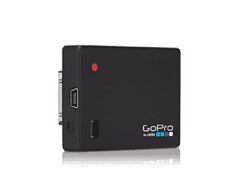
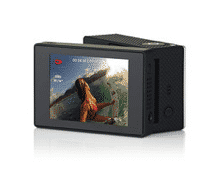
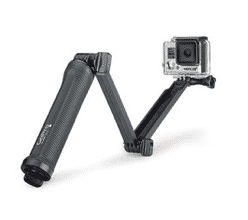
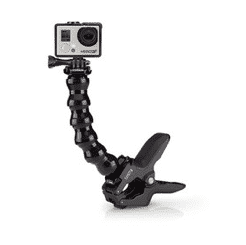
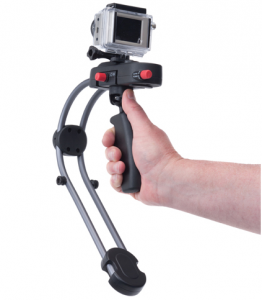
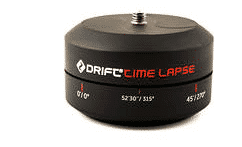
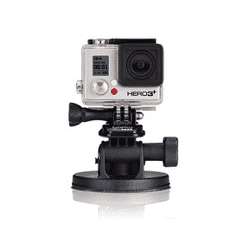
Sea
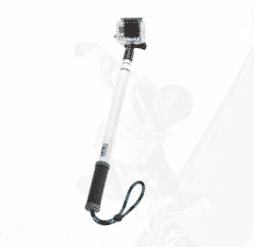
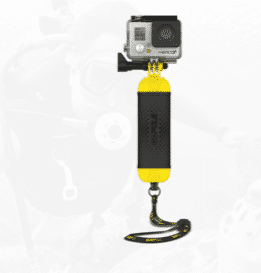
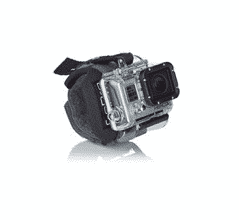
Zach McDuffie
Founder, Creative Director at School of the WorldCheck out all the fun we’re having, right now, at the School of the World!
to reach our office directly +506.2643.2462
to reach a guest +506.2643.1064
U.S. number that connects to our office
+1-305-517-7689
schooloftheworld (skype)
Check out all the fun we’re having, right now, at the School of the World!
to reach our office directly
+506.2643.2462
to reach a guest +506.2643.1064
U.S. number that connects to our office +1-305-517-7689
schooloftheworld (skype)

